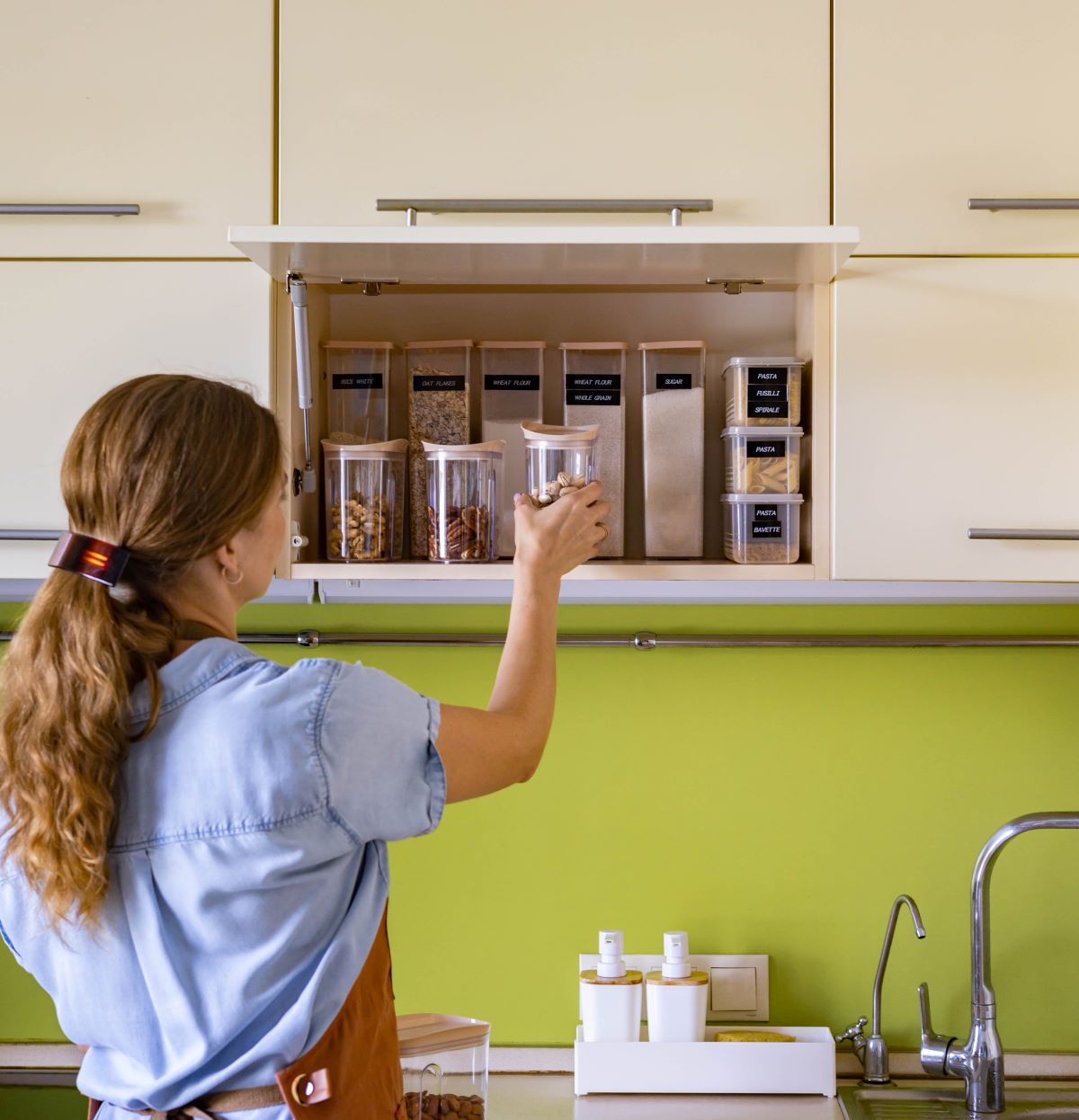BPA in Your Kitchen: The Hidden Diabetes Risk
Ever wondered if there’s a hidden danger lurking in your kitchen? Meet BPA (Bisphenol A), a chemical used to harden plastics and line food cans. It’s everywhere—from your water bottles to the cans of beans in your pantry. But the real shocker? BPA could be messing with your health in ways you never imagined.
A Sneaky Chemical Culprit

BPA isn’t just another harmless additive. It’s a hormone disruptor that mimics estrogen. When it gets into your body, it can interfere with your endocrine system, leading to a host of health issues. One of the most alarming? Its potential link to type 2 diabetes.
The Diabetes Connection

Studies have shown a troubling connection between BPA exposure and increased risk of type 2 diabetes.
The Endocrine Society has highlighted how BPA can mess with insulin production and glucose metabolism, which are crucial for maintaining healthy blood sugar levels.
A study published in Diabetologia found that people with higher BPA levels in their urine were more likely to develop diabetes.
How BPA Disrupts Your Body

BPA’s ability to mimic estrogen allows it to bind to estrogen receptors, disrupting normal hormone functions. This interference can lead to insulin resistance, a precursor to diabetes.
The Journal of Clinical Endocrinology & Metabolism reported that even low levels of BPA could significantly impact insulin resistance and glucose regulation.
Where’s BPA Hiding?

You might be surprised where BPA shows up. It’s in many everyday items:
- Plastic food containers
- Water bottles
- The linings of canned foods
- Receipts printed on thermal paper
Real Risks with Real Stats

Let’s talk numbers. According to the Centers for Disease Control and Prevention (CDC), detectable levels of BPA were found in 93% of urine samples in a study of Americans aged six and older. This widespread exposure underscores the urgency of addressing BPA in our daily lives.
The Call for Safer Alternatives

Given the potential health risks, there’s a growing movement towards BPA-free products. Many manufacturers are now offering BPA-free plastics, and consumers are turning to alternatives like glass and stainless steel.
However, it’s essential to be cautious as some BPA-free products may use chemicals similar to BPS, which might also pose health risks.
How to Reduce Your BPA Exposure

Want to cut down on your BPA intake? Here are some tips:
- Choose fresh or frozen foods over canned goods.
- Use glass, porcelain, or stainless steel containers, especially for hot food or liquids.
- Avoid microwaving food in plastic containers.
- Reduce your use of plastic wrap and opt for reusable beeswax wraps.
- Handle receipts minimally and wash your hands afterward.
What the Future Holds

Research is ongoing, and while the evidence against BPA is compelling, scientists are also examining the safety of BPA alternatives.
The National Institute of Environmental Health Sciences (NIEHS) continues to study the health effects of BPA and other similar chemicals to provide clearer guidance.
Staying Informed and Safe

While regulatory bodies like the FDA maintain that BPA is safe at low levels, many health experts recommend reducing exposure as a precaution. Staying informed and making small changes in your daily habits can significantly impact your health.
The Bottom Line

BPA might be a hidden danger, but with awareness and proactive choices, you can reduce your risk.
Swap out those plastics, rethink your food storage options, and always stay informed about what’s in your kitchen. After all, your health is worth it.
Toxic Talk: 21 Phrases to Never Say to Your Kids

Are you worried about the impact of your words on your child’s well-being? Let’s tackle 21 phrases that might be causing more harm than you realize. Toxic Talk: 21 Phrases to Never Say to Your Kids
Breaking Ties: Recognizing When It’s Time to Go No-Contact with Parents

Deciding to go no-contact with a parent is a profound, often painful choice, but sometimes it’s necessary for personal well-being. Are you grappling with the decision to distance yourself from a toxic parental relationship? Breaking Ties: Recognizing When It’s Time to Go No-Contact with Parents
Stop the Stereotypes: 20 Gender-Based Comments Kids Don’t Need

It’s time to challenge traditional narratives that limit kids’ potential. Here are gender-specific phrases and ideas to avoid, fostering a supportive and open-minded environment for the next generation. Stop the Stereotypes: 20 Gender-Based Comments Kids Don’t Need
Featured Image Credit: Shutterstock / Kostikova Natalia.
For transparency, this content was partly developed with AI assistance and carefully curated by an experienced editor to be informative and ensure accuracy.







